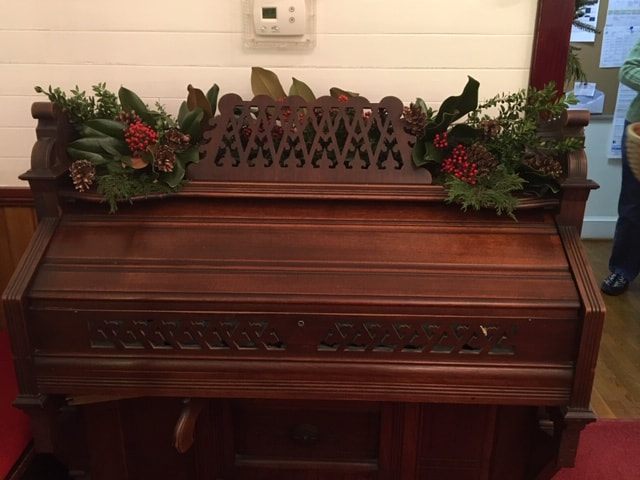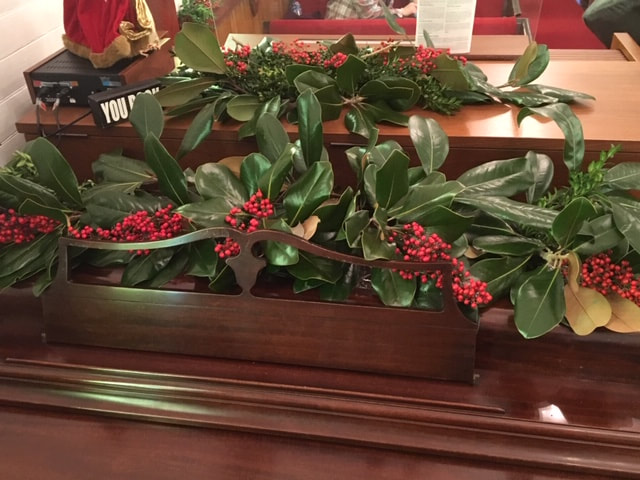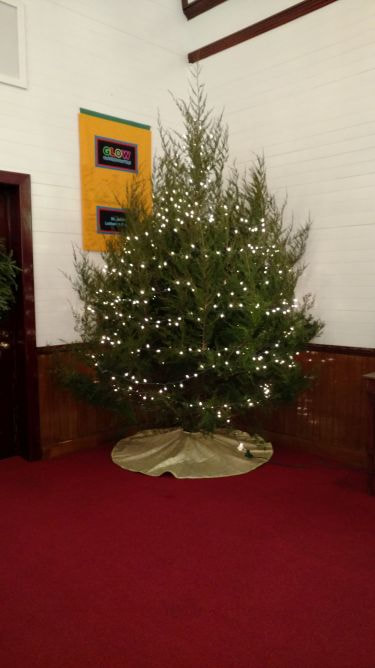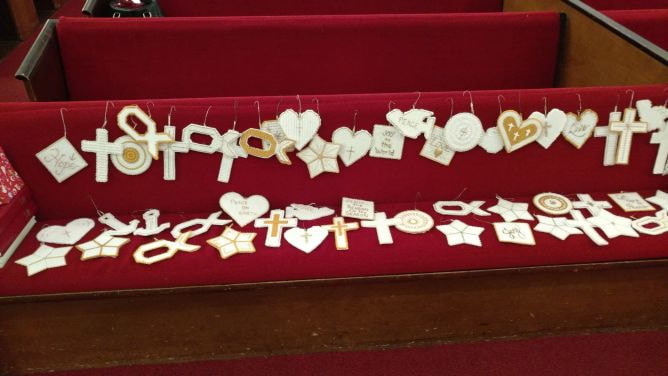As we begin the Christian year, we also celebrate the holy season known as Advent. It is a time when we prepare ourselves for the coming of our Messiah. Advent means “coming”. We celebrate these days of Advent in expectation and preparation for Christ’s arrival.
Through the centuries, Christians have observed a time of waiting and expectation before celebrating the birth of the Savior at Christmas. The Advent season is a time for reflection and preparation, but its mood is joyful. Advent has been enriched by Christian tradition to reflect its distinctive Christian meaning. It proclaims the revelation of God’s love as expressed in Christ’s birth in a humble stable, his sacrificial death on the cross, and his victorious resurrection! It points to the hope of Christ’s coming again as the King of Kings and Lord of Lords. Advent makes innkeepers out of all of us, asking each of us to make room for the arrival of Christ the King. Let us, today, prepare Him room in our hearts, our lives and our homes!
Advent is a time of expectation, and this is symbolized, not only by the 4 week period of preparation, but also by the lighting of an Advent candle in an Advent wreath on each Sunday of the season. The flame of each new candle reminds us that something is happening, and something more is still to come.
The candles are arranged in a circle to remind us of the continuous power of God, which knows neither beginning nor end. There is also symbolism in the colors of the candles. The 3 blue candles symbolize the coming of Christ from the royal line of David. He is coming as the King of Kings as well as the Prince of Peace. The pink candle is to be lighted on the 3rd Sunday of the Advent season. This candle represents joy. The large white candle in the center is known as the Christ candle and points to Jesus as the Christ, the Light of the world.
A progression is noted in the lighting of the candles of the Advent wreath each Sunday. Each candle symbolizes various aspects of our waiting experience. The culmination of the season comes as we light the Christ candle on Christmas Eve. We join in rejoicing that the promise from long ago has been fulfilled.
The most striking and the most universal feature of Christmas is the use of evergreens in churches and homes. Among ancient Romans, evergreens were an emblem of peace, joy, and victory. The early Christians placed them in their windows to indicate that Christ had entered the home. Holly and ivy, along with pine, and fir are called evergreens because they never change color. They are ever – green, ever – alive, even in the midst of winter. They symbolize the unchanging nature of our God, and they remind us of the everlasting life that is ours through Christ Jesus.
Holly became widely used in church celebrations. Holly was considered as the burning bush, or a symbol of Mary whose being glows with the Holy Spirit. The red berries represented the blood drops from the cruel thorns in the crown of Jesus.
Our forefathers called the procuring of these evergreens, “Bringing home Christmas!”
Today, the Christmas tree is the center of our festivities. Glittering with lights and ornaments, it is a part of the beauty and meaning of Christmas. Martin Luther was one of the first to use the Christmas tree as a decoration. One Christmas Eve, Martin Luther wandered outdoors and became enraptured with the beauty of the starry sky. Its brilliance and loveliness led him to reflect on the glory of the first Christmas Eve as seen in Bethlehem’s radiant skies. Wishing to share the enchantment he felt with his wife and children, he cut from the forest an evergreen, glistening with snow and took it home. He placed upon it candles to represent the glorious heavens he had seen. He told his children that the tree should remind them of the brightness and the hope of Christmas and its message of the Savior’s birth.
Traditionally, at St John’s, a cedar tree has been provided and decorated with lights and Chrismons. The Chrismons are a variety of symbols of our faith and carry the theme of love, hope, faith and peace. In 2007, we replaced the original 50 year old Chrismons with new ones. These were handstitched by many members of St. John’s who were provided with a few supplies and simple instructions. What we decorate with today are a stunning variety of symbols of our faith – each as different as snowflakes, each as individual as we are, and each a true labor of love. As we trim and light the tree, may we be reminded of the love of our church family and everlasting love of our Lord Jesus Christ.







 RSS Feed
RSS Feed